What is the Umbilical Cord? Benefits, Uses, and Importance
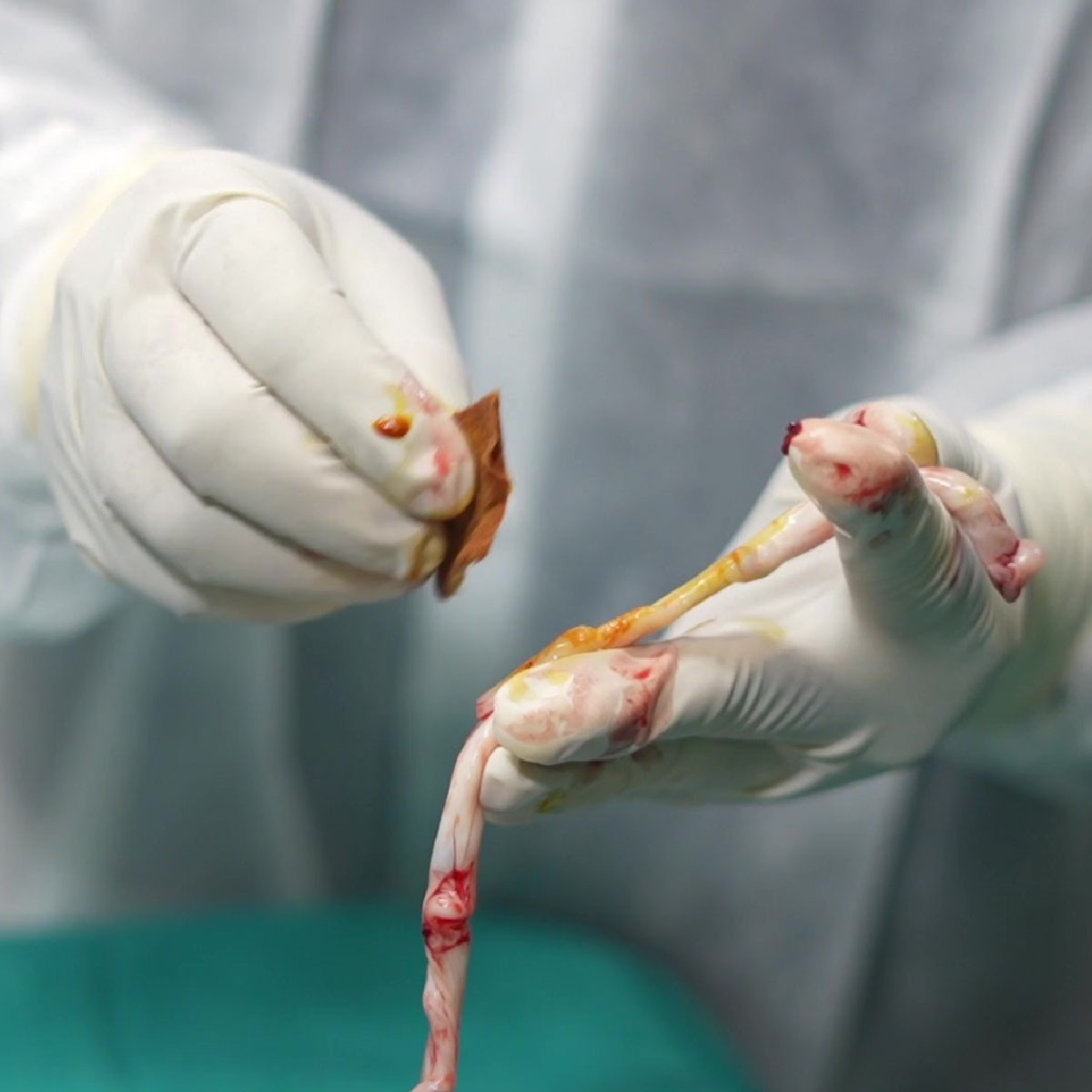
During pregnancy, the umbilical cord serves as an essential lifeline for the mother and her unborn child. It provides vital nutrients and oxygen for development by connecting the infant with the placenta.
The umbilical cord is clamped and cut after birth because it is no longer required. Nevertheless, due to its high stem cell composition, the blood that is still in the cord—known as cord blood—has amazing therapeutic potential.
Benefits of the Umbilical Cord
There are several advantages of the umbilical cord, particularly in terms of improving medicine. One important source of stem cells that can be used to treat several illnesses is cord blood. Following are some of the umbilical cord's main advantages:
- Stem Cell Therapy: Diseases including leukaemia, anaemia, and immune system abnormalities can be treated by cord blood stem cells.
- Regenerative Medicine: Studies indicate that umbilical cord stem cells may be used to treat diseases, including Parkinson's and diabetes.
- Possibilities for Transplantation: These embryonic stem cells can be utilized in transplants to help patients feel better overall by regenerating healthy cells.
Uses of the Umbilical Cord
The umbilical cord is used for purposes other than pregnancy and childbirth. Umbilical cord blood is used by researchers and healthcare professionals in several ways -
- Medical Treatments - Patients who require a stem cell transplant because of bone marrow disorders or malignancies like lymphoma can benefit from the stem cells in cord blood.
- Cord Blood Banking - Future medical research is built on the foundation of cord blood banking. Parents may store their child's cord blood in a private or public cord blood bank.
- Scientific Research - To create novel therapies for chronic and life-threatening conditions, scientists investigate umbilical cord stem cells.
Properties of the Umbilical Cord
The chemical composition of the umbilical cord makes it special. It is made up of blood vessels that are shielded from the blood supply by a material called Wharton's jelly. The umbilical cord's primary characteristics are as follows -
- Rich in Stem Cells - Hematopoietic stem cells, which are capable of developing into different types of blood cells, are present in cord blood and are comparable to those found in bone marrow.
- Promotes Foetal Development - The umbilical cord serves as a transport system, bringing nutrients and oxygen to the infant while expelling waste.
- Safe and Non-Invasive Collection - The process of drawing cord blood is easy, painless, and safe for both the mother and the unborn child.
Cord Blood Banking Options
Parents have two choices if they decide to preserve their child's cord blood -
- Public Cord Blood Banking: Donated cord blood can be made available for medical study or to anyone in need of a transplant. This is a life-saving, free option.
- Private Cord Blood Banking: In the event of future medical requirements, families may keep their baby's cord blood for their use. However, there is a collection and storage cost associated with this option.
Conclusion
The umbilical cord contains significant stem cells that can be utilized for research and medical therapies, making it much more than an attachment between a mother and her child. Beyond birth, the umbilical cord provides hope to those suffering from life-threatening illnesses.
Knowing the characteristics and applications of cord blood can help parents make a knowledgeable choice about its possible worth, regardless of whether they decide to donate or bank it. Explore how Cryoviva LIfe Sciences can help you secure this invaluable resource for your family's well-being.

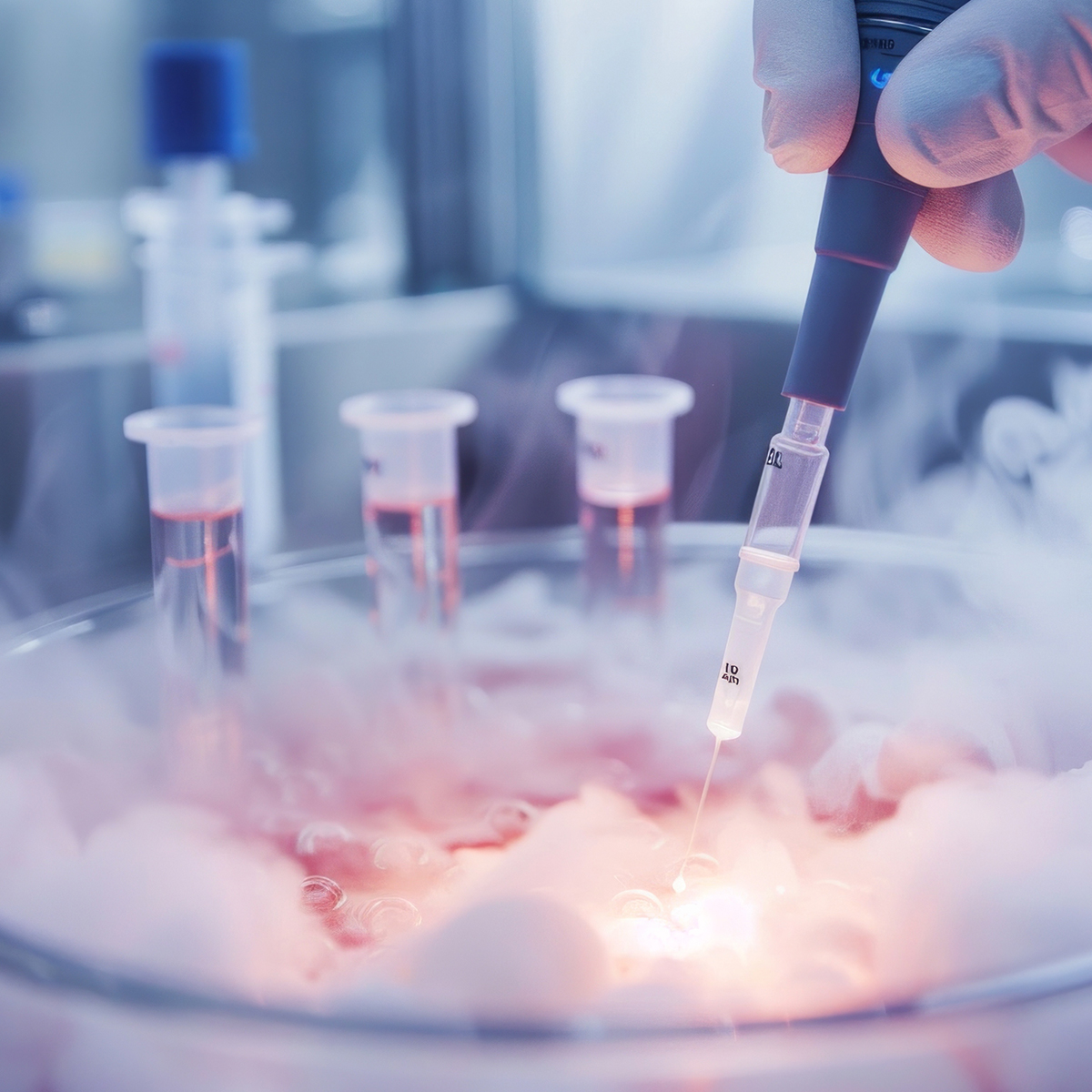
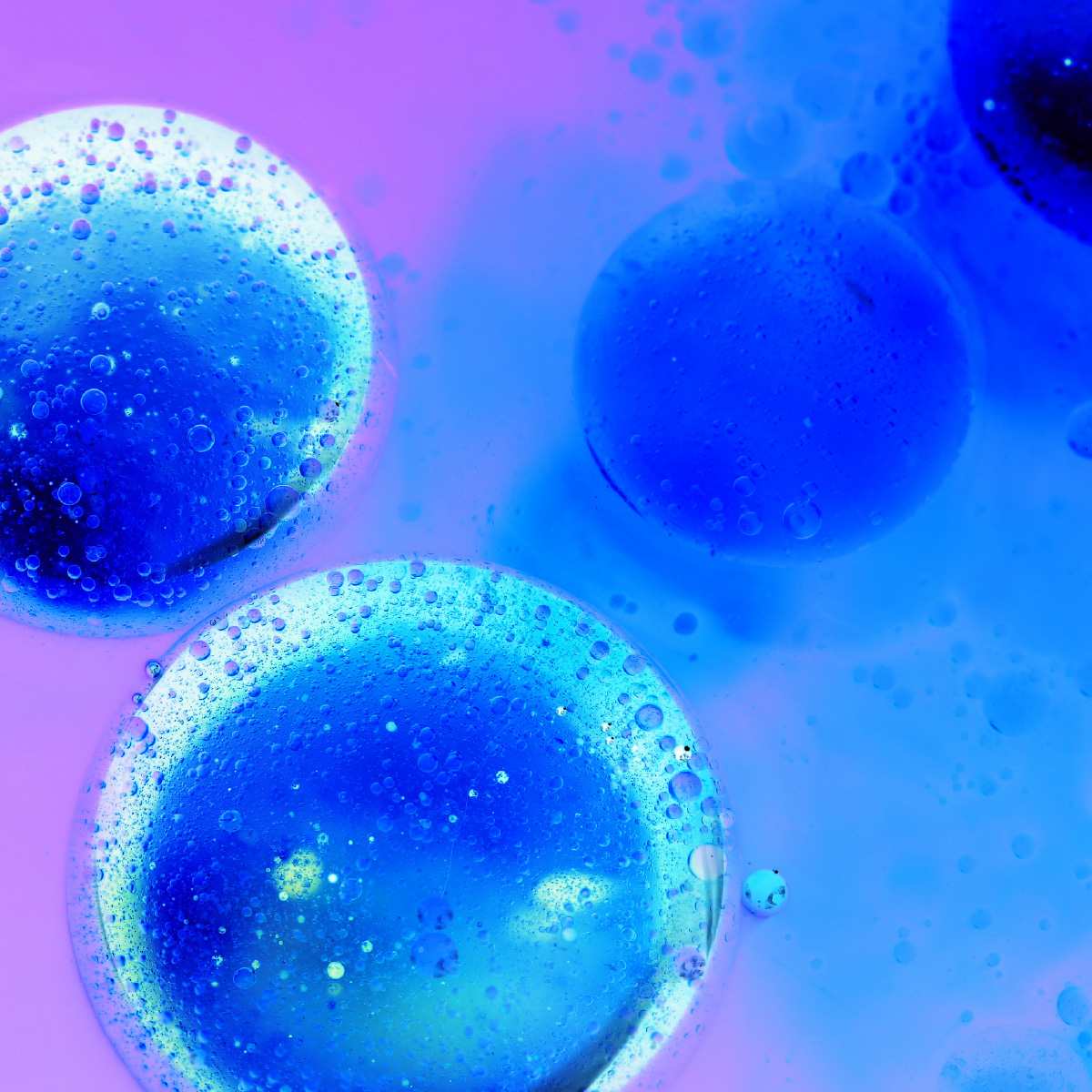
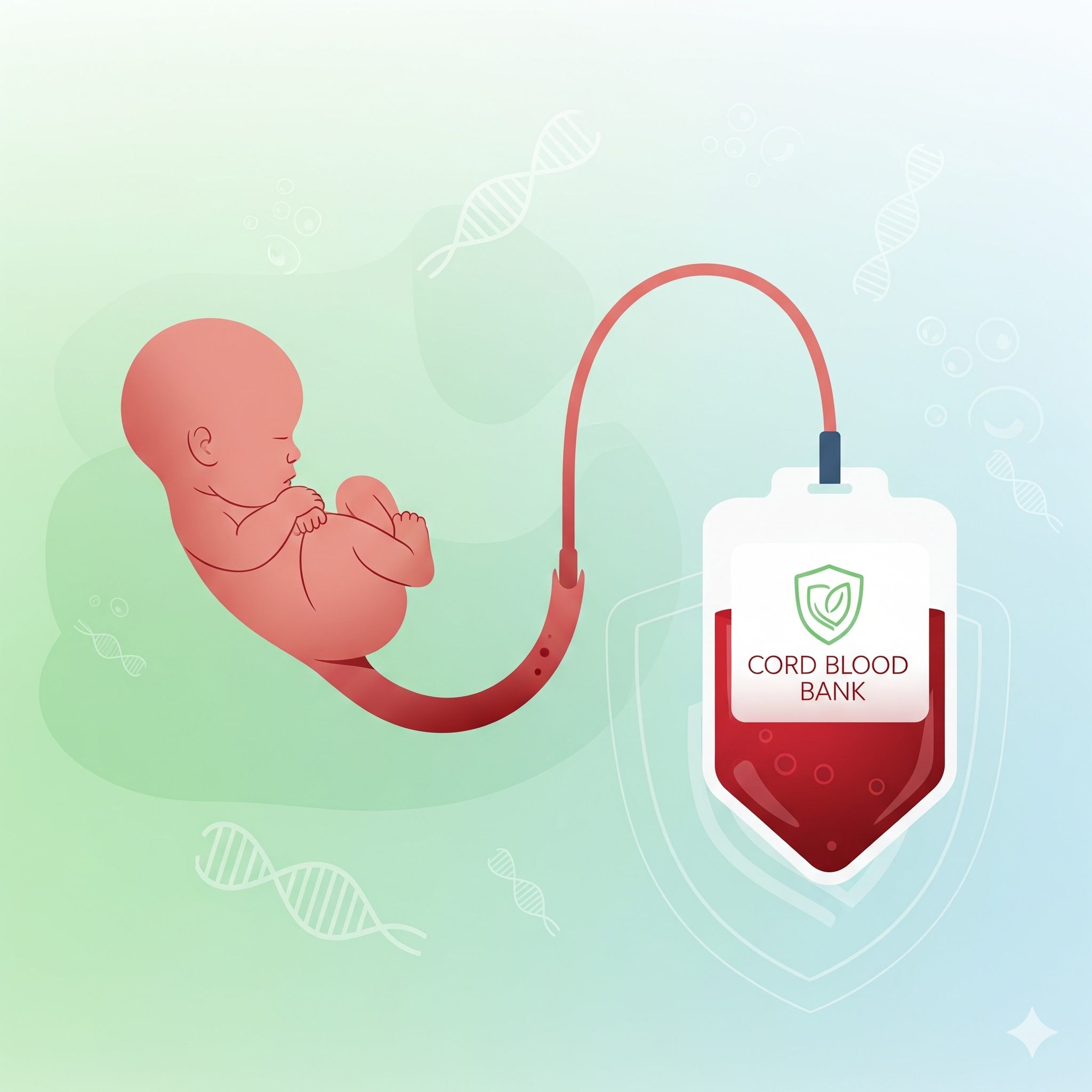

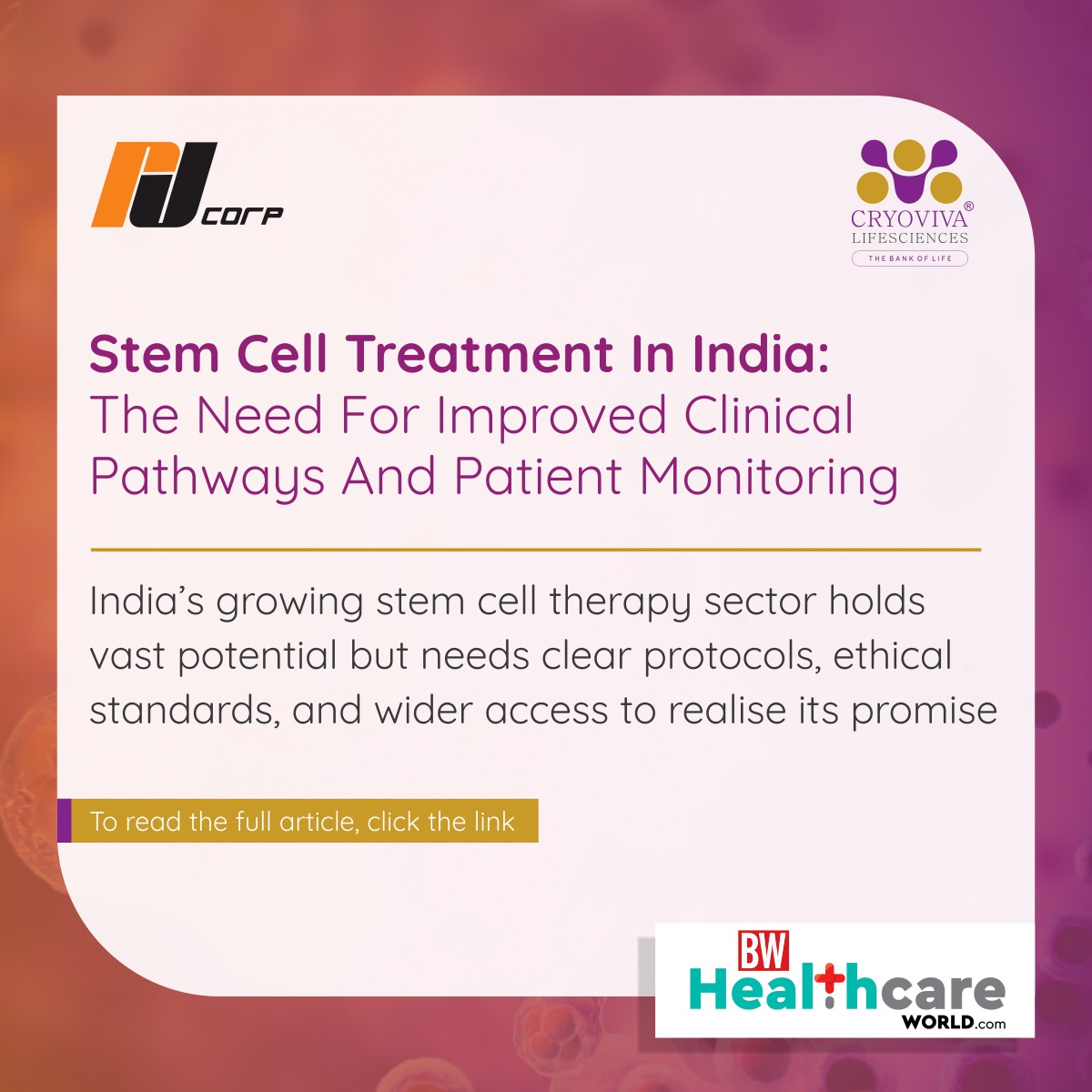

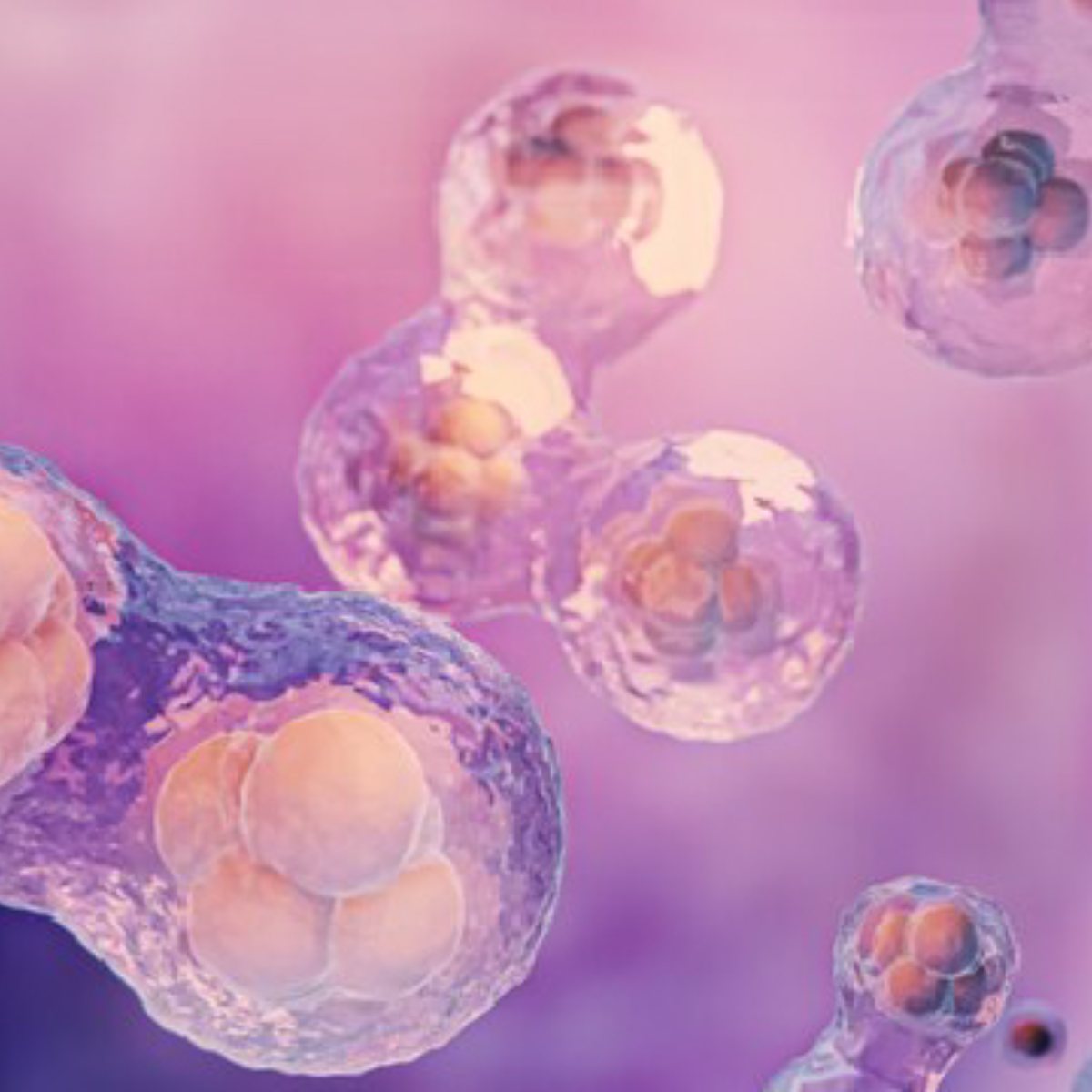


 Enquiry
Enquiry
 Email
Email Phone
Phone
 Whatsapp
Whatsapp